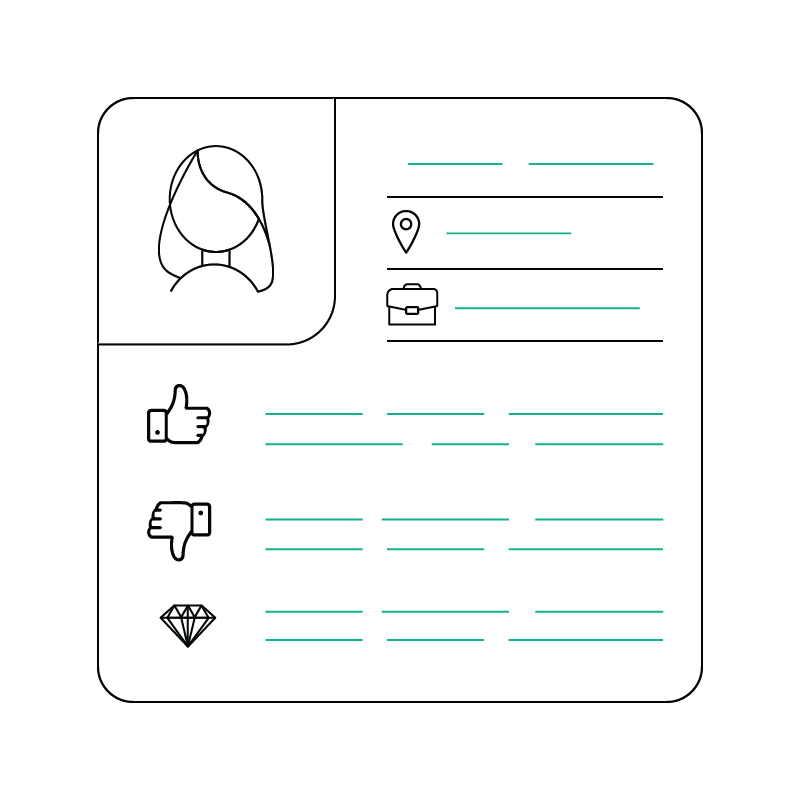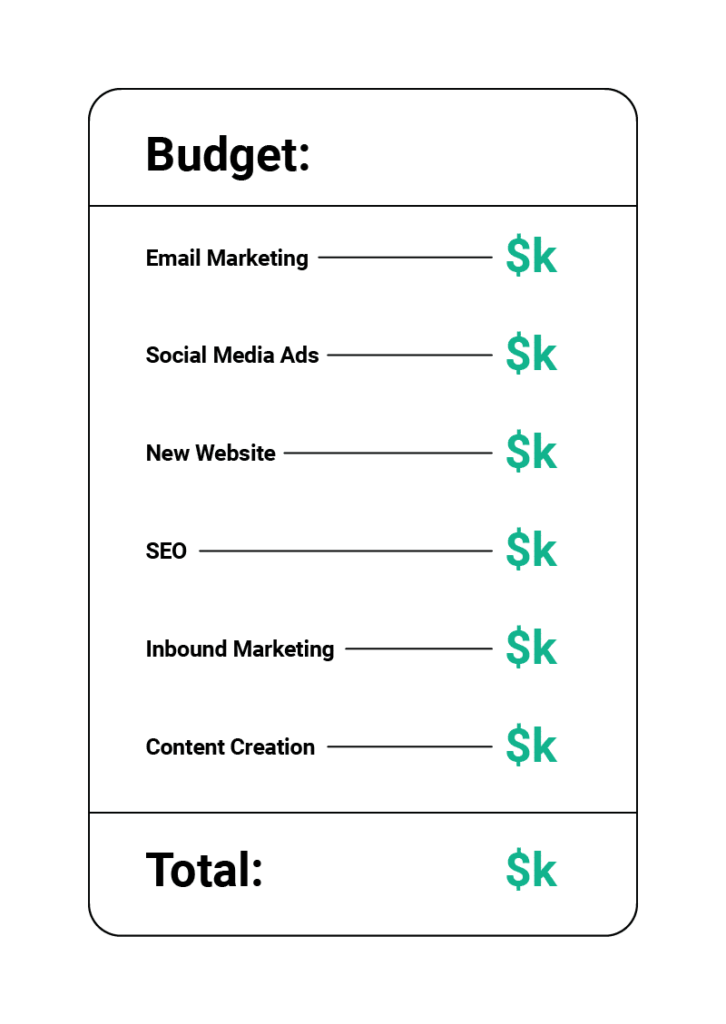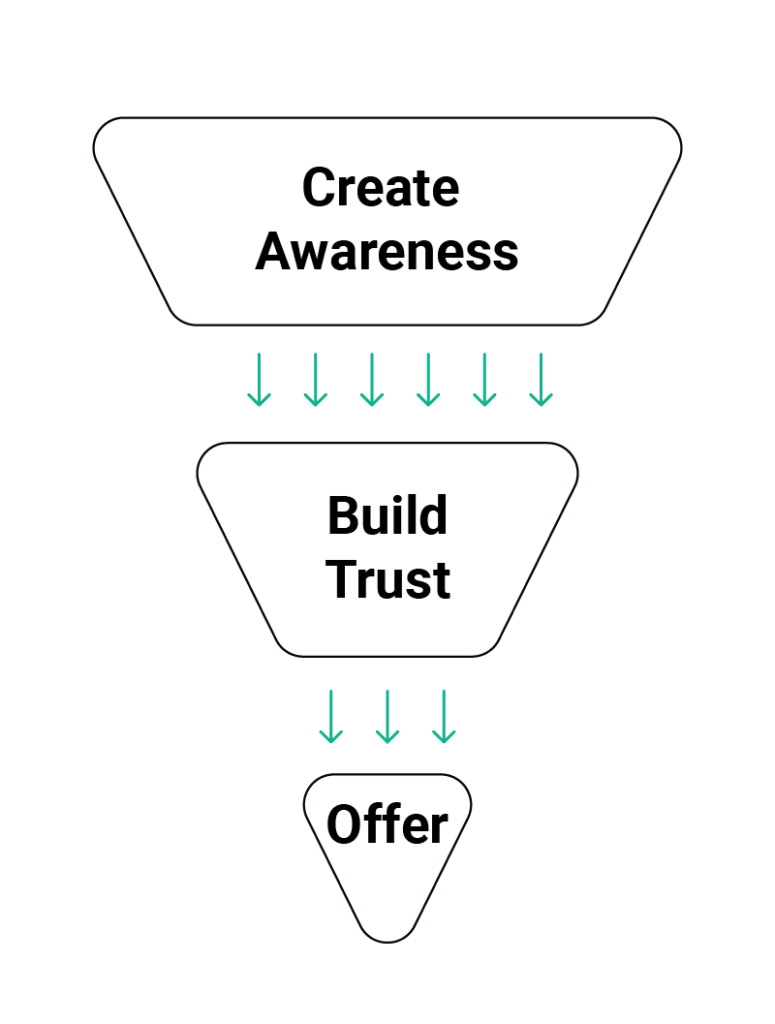Introduction
Reaching potential customers is now easier than ever through digital marketing. Marketers are able to refine and directly target their ideal customers through tools like social media and online ads. If you are not already using digital marketing to reach buyers, it can be hard to know where to start. Building an agile digital marketing strategy will elevate your marketing efforts and help you achieve your business goals.
What is your Mission?
An agile digital marketing strategy needs an overarching mission to accomplish. Establishing a purpose will help guide your future marketing decisions and give direction to your marketing efforts.
Your marketing mission should tie into the core of what your company does. Your company’s values and goals should act as a bounce board for your marketing strategy. Within the parameters of your company’s mission, what do you want to accomplish through digital marketing? Do you want to reposition your company in the minds of consumers? Do you want to increase your number of loyal customers? Once you decide on what your digital marketing strategy needs to accomplish, you can start building your strategy.
Who are your Customers?
The foundation of any successful digital marketing strategy is the target customer. Before planning, creating content, and implementing, you need to understand your audience. Creating a buyer persona is a great way to get to know the people you are trying to reach.
The first step to creating a buyer persona is research. Look at platforms like Google Analytics and Facebook Insights and compile common characteristics of your most frequent customers. If your current customer base is not your ideal customer base, consider adjusting your buyer persona to fit who your company wants to focus on.
A well-rounded buyer persona will include both demographic and psychographic information. Just like any real person, your buyer persona should be more than just a set of demographic statistics. The goal of a good strategy is to relate to potential customer’s behaviors and needs. Demographics include income, location, and age – all statistics which are easily tracked through Google Analytics. Psychographic qualities are a little more challenging to track, they include values, hobbies, goals, and problems.

A buyer persona could be a young, active, working mom or a single, tech-savvy, 20-year-old man. Create these personas to be as realistic as possible, as though you are referencing a real customer. A great way to achieve this is by building out a “profile” with their characteristics, giving them a name, and a picture. The more human your personas are, the better your marketing will be at serving their needs.
Who are your Competitors?
Before competing for consumer attention, it’s important to fully understand and research your competition. Look at who else is vying for your target audience’s attention and analyze their marketing strategies. What are they doing well? Where are they coming up short? Research the top performers in your industry. Who is ranking highest on related Google keyword searches, who has a strong social media presence, and who is gaining loyal customers through their website?
Take into account what they are doing well and what is falling short. Create a list of strategies to leverage and ones to improve upon. If a competitor is in the position you are aiming to be in, try integrating the channels they are utilizing into your digital marketing strategy.
What are your goals?
Lofty marketing missions can be intimidating to tackle. By setting incremental goals, you can break your marketing objective into manageable (and measurable) pieces. Each goal should lead your potential customer down a strategic path until they take action.
If your digital marketing purpose is to expand into a new demographic or niche, a progression of goals could include gaining new followers, generating new email leads, then increasing new website traffic. Define your measurable goals and key performance indicators. By having a clear progression to follow, you will be able to see the effectiveness of your marketing strategy.
What are your Tactics?
Marketing tactics are the building blocks of any successful campaign. They are actionable items that drive you toward your goals. Goals are achieved through strategizing, planning, implementing, and testing marketing tactics.

The first step to creating tactics is to decide what tool will be best to achieve a goal. It is important to keep your buyer personas in mind when deciding on tools. Some personas will react better to a social media campaign than an email drip campaign – depending on their preferences. Create your marketing tactics to meet your potential customers where they are in the buying journey. If your goal is to generate sales through your email list, creating a campaign on Instagram to gain email leads then use that list to propel you toward your other goals. Here is a list of different tactics you can use to reach your marketing goals:
Take into account what you are currently doing and weed out what isn’t working. And don’t forget to A/B split test. If things are working, there is no reason to stop a tactic just because you have a new strategy. Adjust your existing tactics to fit your new mission. Measure what tools and content are reaching your audience the best and optimize new tactics according to what you find.
What is your Budget?
Define your daily, weekly, monthly, quarterly, or annual budget for digital marketing. Your budget will decide the scope of your digital marketing efforts. Throwing money at a bad strategy will get you nowhere, which is why, when setting a budget, always keep your purpose in mind.

Prioritize your budget based on what has brought success in the past. Take time to analyze what channels and strategies are currently working to reach your buyers. Once you understand what has been working, allocate your budget toward those tactics.
Look at what has been successful for your competitors in addition to what has been working for you. Keep in mind what your competition is doing and what channels they are on. Analyze the strengths and weaknesses of their strategy and gather a list of opportunities that they are missing.
Once you put your budget to use, continually measure ROI and adjust accordingly. Buyer preferences continually change and your marketing budget should go where buyer preferences lay. After trying different strategies measure where success lies and focus your budget on those areas.
How will you Go-to-Market?
You have defined your purpose, your goals, and your tactics. Now it’s time to decide on actionable steps you can take to put your plan into action. Find the channels that your buyers are engaged in and start taking action toward your mission. Implement your tactics to reach your goals and re-adjust your actions to achieve your mission. A great way to get started on implementing your strategy is by utilizing a marketing funnel.
A successful marketing campaign will create a funnel to convert strangers into loyal customers. The first step toward creating a funnel is to make people aware of you. Once a potential buyer is aware of your product and services, the next step is to build their trust in you.

Many companies immediately start asking for something from their potential buyer. This puts buyers off and breaks any relationship that was initialing there. At this stage provide the customer with something they see as valuable, this will build trust and rapport.
After trust is built, make an offer. At this point in the funnel, many potential customers have a clear understanding of your company and the value it offers them. Give them an actionable task. This can take form in an email announcing a sale or a social media ad prompting them to check out a new collection. It can be easy to lose customers to an abandoned cart at this point in the funnel. Sending a reminder of what the customer was considering buying will redirect them back to your website and increase the chance of closing the sale.
Knowing where to find customers at all points of the funnel will keep your marketing strategy running smoothly. A marketing funnel is a great way to test the effectiveness of your strategy. If there is strong brand awareness, but no one is making it to your website, there may be an issue with the trust-building strategy. Measure the results of each stage of the funnel and refine your strategy based on those results.
Conclusion
Nothing is set in stone with digital marketing. It will take some time and testing to find the best strategy for both your company’s needs and the needs of your customers. Establishing an overarching mission, understanding your buyers, analyzing your competitors, setting goals and implementing tactics will help you reach your digital marketing goals.
Sources
https://blog.hubspot.com/marketing/digital-strategy-guide
https://www.disruptiveadvertising.com/marketing/digital-marketing-strategy/
https://digitalmarketinginstitute.com/en-us/blog/5-steps-powerful-digital-marketing-strategy
https://neilpatel.com/blog/how-to-create-an-online-marketing-plan-that-will-grow-nearly-any-business/
https://www.vendasta.com/blog/10-steps-digital-marketing-strategy
https://digitalmarketinginstitute.com/en-us/blog/how-to-plan-a-digital-marketing-budget
